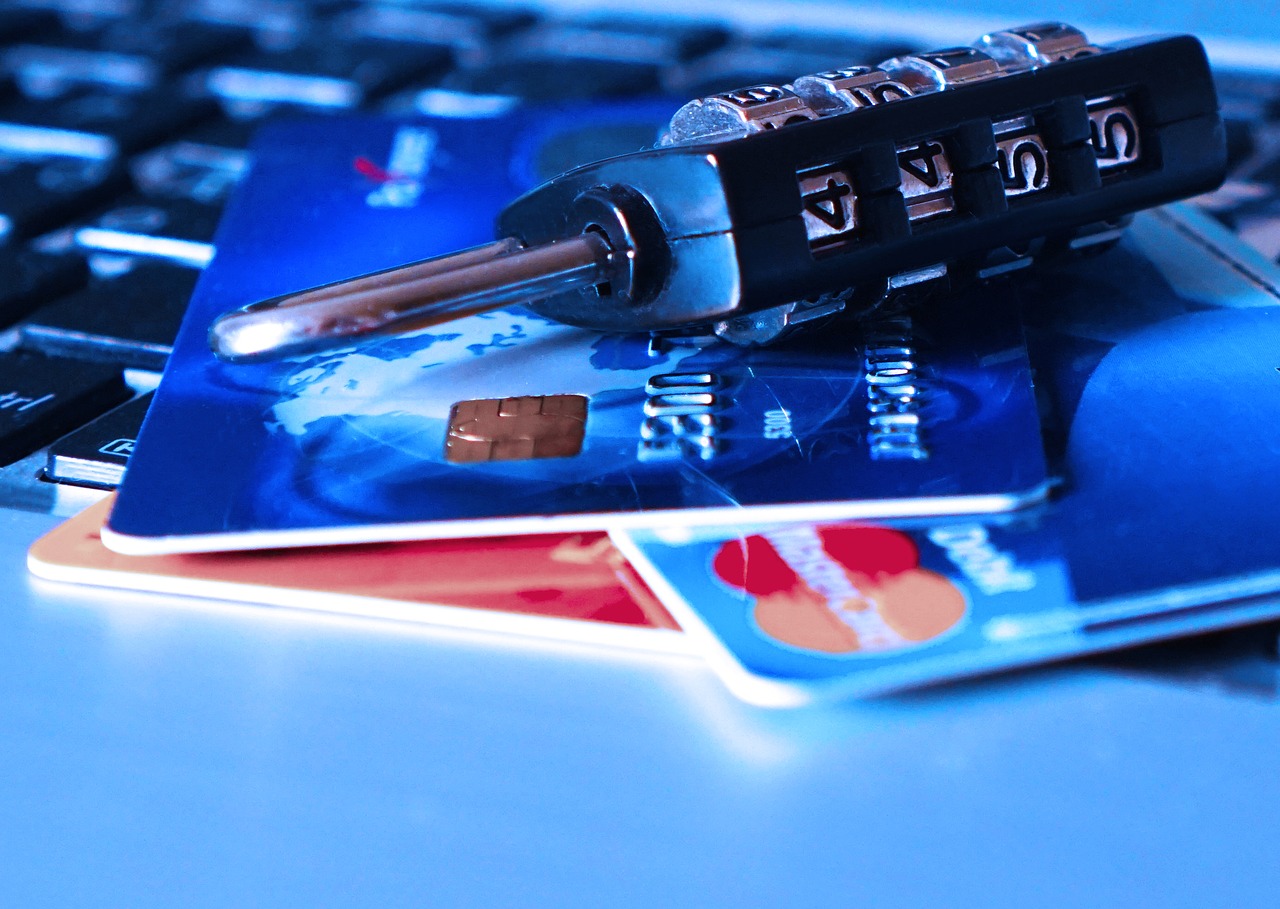In this era of ever increasing cybersecurity threats, taking the proper precautions to safeguard yourself and to be ready to recover from the eventuality of identity theft is crucial. CNN Money released a report stating that there is a new identity theft victim every two seconds! There is nothing you can do to eliminate the risk of identity theft, but there are ways to minimize the risk by knowing what to look out for, and ways to recover should it happen to you.
Phishing is the single most popular way attackers can steal your information. They seek to gain trust by purporting to be a friendly or familiar entity or person. They then use this trust and communication to gather sensitive data. In 2017, the average out of pocket loss an individual suffered from an identity theft incident was $3,519 according to the ITRC Data Breach Reports. More startling, is that fifty percent of users in the US were victim to at least one identity theft in 2017. One of the most effective phishing schemes involves a fraudulent request from criminals masquerading as Apple customer support, enticing users to update their profile information by telling them it will improve security. They then steal your information and use it for any number of things. A majority of people polled said they knew about the basics of phishing scams and what to be on the lookout for, however with the growing sophistication and boldness of cybersecurity criminals, it has become more difficult to be aware and alert to new techniques. A whopping 54 percent of users believed locations such as hotels, coffee shops, and public transportation terminals provided secure Wi-Fi. This is a common way for phishing schemes to begin.
Oversimplifying passwords and using work computers or tablets at home for personal affairs has also opened the door for criminals to breach systems and steal data. Users often create sequential passwords and use them for multiple accounts. Many employees use a simple four to six-digit pin to unlock devices or to access online accounts. Meanwhile, seventy-one percent of these same users are using laptops and tablets provided by their employer to conduct personal business from home. This doubles down on the risk and the amount of sensitive data that can be stolen.
FBI Uniform Crime Statistics and the Crime Complaint Center note that identity theft awareness is a large part of the problem. The Wombat report, which compiled most of this data from those two entities, point to US users believing that the web resources they use are secure. Fifty-eight percent of people surveyed believe anti-virus software is a reliable way to stop these kinds of cyber-attacks. Identity theft has become the newest and most prevalent form of white collar crime, and continues to spread like wildfire. Until education on the matter becomes commonplace, this trend will continue and the amount of damage done will continue to grow.
The bottom line is there’s really no better time than the present to become a LibertyID member for identity theft restoration protection. LibertyID provides expert, full service, fully managed identity theft restoration to individuals, couples, extended families* and businesses. LibertyID has a 100% success rate in resolving all forms of identity fraud on behalf of our subscribers.
*Extended families – primary individual, their spouse/partner, both sets of parents (including those that have been deceased for up to a year), and all children under the age of 25

